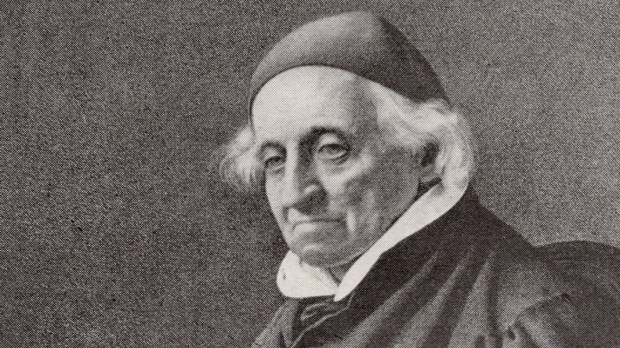For such a milestone figure in the history of the Church in the United States, Fr. Stephen Badin’s name has remained curiously obscure. A native of Orléans, France, he was born “Étienne Théodore Badin” on July 17, 1768. There is scant accessible information about his youth. As a young man, he attended college in Paris, before joining a seminary run by the Sulpicians.
He would not complete his seminary program in France, however, as the anti-Church upheaval of the French Revolution compelled him to leave his homeland for America in 1791. Upon making this journey, he resumed his studies and on May 25, 1793, he became the very first priest ordained in the U.S. The ordination took place in Baltimore and was performed by Bishop John Carroll, who would serve as both the first bishop and the first archbishop in the U.S.
The newly ordained Badin spent several months at Georgetown University so he could improve his command of the English language. Having done this much, he then received an appointment to the Mission of Kentucky.
It is estimated that, over the course of his Kentucky tenure, he rode more than 100,000 miles on horseback. Fr. Badin was in demand; in fact, he was often the only priest in the whole Kentucky frontier. Aside from tirelessly establishing new congregations, he often was racing across the countryside to deliver Extreme Unction before someone died. Indeed, this sacrament was something he deemed of the utmost necessity for Catholic pioneers whose “impiety and licentiousness” he repeatedly denounced.
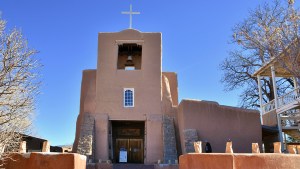
Read more:
The oldest church in the U.S. is the Catholic San Miguel Chapel in Santa Fe
Badin was genuinely concerned about other people’s spiritual condition. In fact, his level of concern well might have made him excessively rigid, or so he seemed on the frontier anyway. He had trouble relating to younger persons and considered such activities as dancing to be a sinful disgrace. In turn, many of the people Badin dealt with dismissed him as a “a strange-speaking Frenchman with unrealistically high moral standards.”
He also had trouble getting along with Benedict Joseph Flaget, the bishop of the Diocese of Bardstown (Kentucky), which was established in 1808. Their relationship eventually deteriorated to the point where the bishop threatened him with excommunication.
As Badin saw it, one of them had to go. So, in 1819, having spent a full quarter-century serving Kentucky, Badin returned to his homeland. For several years, he served as a parish priest about 40 miles from his birthplace. Even while in France, he remained active as a fundraiser for his American missions.
After spending almost a decade in his native land, Badin returned to the U.S. He proceeded to allocate most of his ample energy to Catholic Native Americans in Illinois, Indiana, Michigan, and Ohio. Though he was impressed with the spirituality of these natives, he feared that they would be corrupted by living so close to white settlers whom he often derided as “infidels.”
In the early 1830s, Badin purchased about 500 acres of land in northern Indiana. He had intended to use it as a base from which to augment his missionary work with a local Native American tribe, but that tribe had left the area.
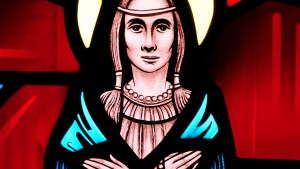
Read more:
Did you know as many as 25% of Native Americans today are Catholic?
So, in 1835, Badin, now hoping that his land be used for the establishment of a school, sold it for a pittance to Bishop Simon Bruté, who oversaw the Diocese of Vincennes. This diocese later deeded the land to Fr. Edward Sorin, who used it to found the University of Notre Dame. One might assume that Badin was pleased.
After having sold this land, Badin returned to Kentucky, where he served in various ecclesiastic positions. In the city of Lexington, he celebrated the golden jubilee (50th anniversary) of his priesthood on May 25, 1843.
In 1846, he accepted the position of pastor at a settlement of French emigrants in Kankakaee County, Illinois. At this point, he was approaching the age of 80. Despite his adventurer’s spirit, he was finally compelled to scale back on the travel.
Around the year 1850, the Archbishop of Cincinnati, John Baptist Purcell, invited Badin to live with him at the city’s episcopal residence. Badin accepted this offer and also served as a priest in the Ohio community of Hamilton.
In April 1853 (some sources say April 19; other sources say April 21) Badin died in Cincinnati, Ohio, at age 84. For the next 50 years, he was buried in a crypt belonging to Cincinnati’s St. Peter in Chains Cathedral. Then, in 1904, his remains were transferred to the Log Chapel Crypt at Notre Dame University.
There he rests after a far-ranging life of headstrong diligence. As a priest wrote in 1933, men such as Badin are “more concerned with the work to be performed than with the niceties of its performance.”
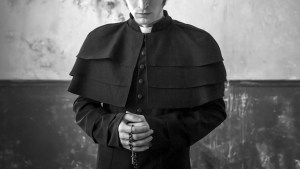
Read more:
Did you know it was once illegal to be a Catholic priest in NYC?
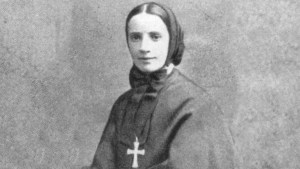
Read more:
Patron saint of immigrants was almost sent back to her home country
